China invitation letter template
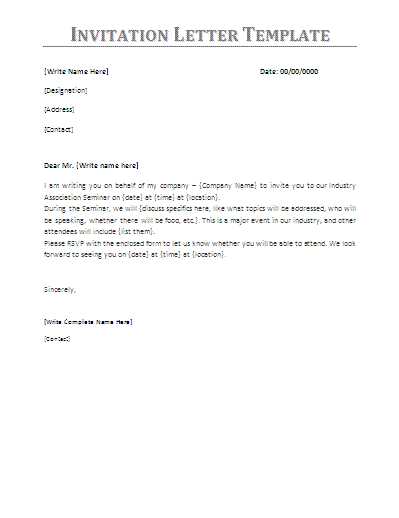
To create a valid invitation letter for a visa application to China, focus on including the key details that Chinese authorities expect. Ensure that the letter provides clear and accurate information about the purpose of the visit, the relationship between the inviter and the invitee, and the specifics of the travel dates. A well-structured template will help streamline the process.
Key components of the invitation letter: First, state the name and contact information of the inviting party, including the company or organization if applicable. Then, include the invitee’s full name, passport details, and the reason for the visit–whether it’s for tourism, business, or another purpose. You should also specify the duration of stay and the address where the invitee will reside in China. Make sure to include the signature of the inviter and any official stamps if required.
Pro tip: Double-check that all details match the information in the applicant’s passport and any other documents submitted with the visa application. This helps avoid delays or rejections due to inconsistencies.
Here’s the corrected version:
Ensure that your invitation letter for China includes the following key details:
Personal Information
Start with the full name, date of birth, and nationality of the invitee. Include their passport number, current address, and contact details. This ensures that the authorities can easily verify the person’s identity.
Purpose and Duration of Visit
Clearly state the reason for the visit, whether it’s for business, tourism, or visiting family. Mention the intended duration of stay and provide specific dates of arrival and departure. This helps the authorities determine the length of the visa granted.
Invitation Details: Specify who is extending the invitation and their relationship to the invitee. Provide their full name, address, and contact information. If the invitation is for a business visit, include the company name and address, along with details of the nature of the business trip.
Additional Documents: If necessary, attach supporting documents such as proof of financial capability or accommodation arrangements. These documents help demonstrate the legitimacy of the visit and provide further assurance of the invitee’s stay.
- How to Structure Your Invitation Letter
Begin with a clear introduction, stating the purpose of the invitation. This will set the tone for the entire letter. Make sure to include the full name of the invitee and your relationship to them.
Opening Details
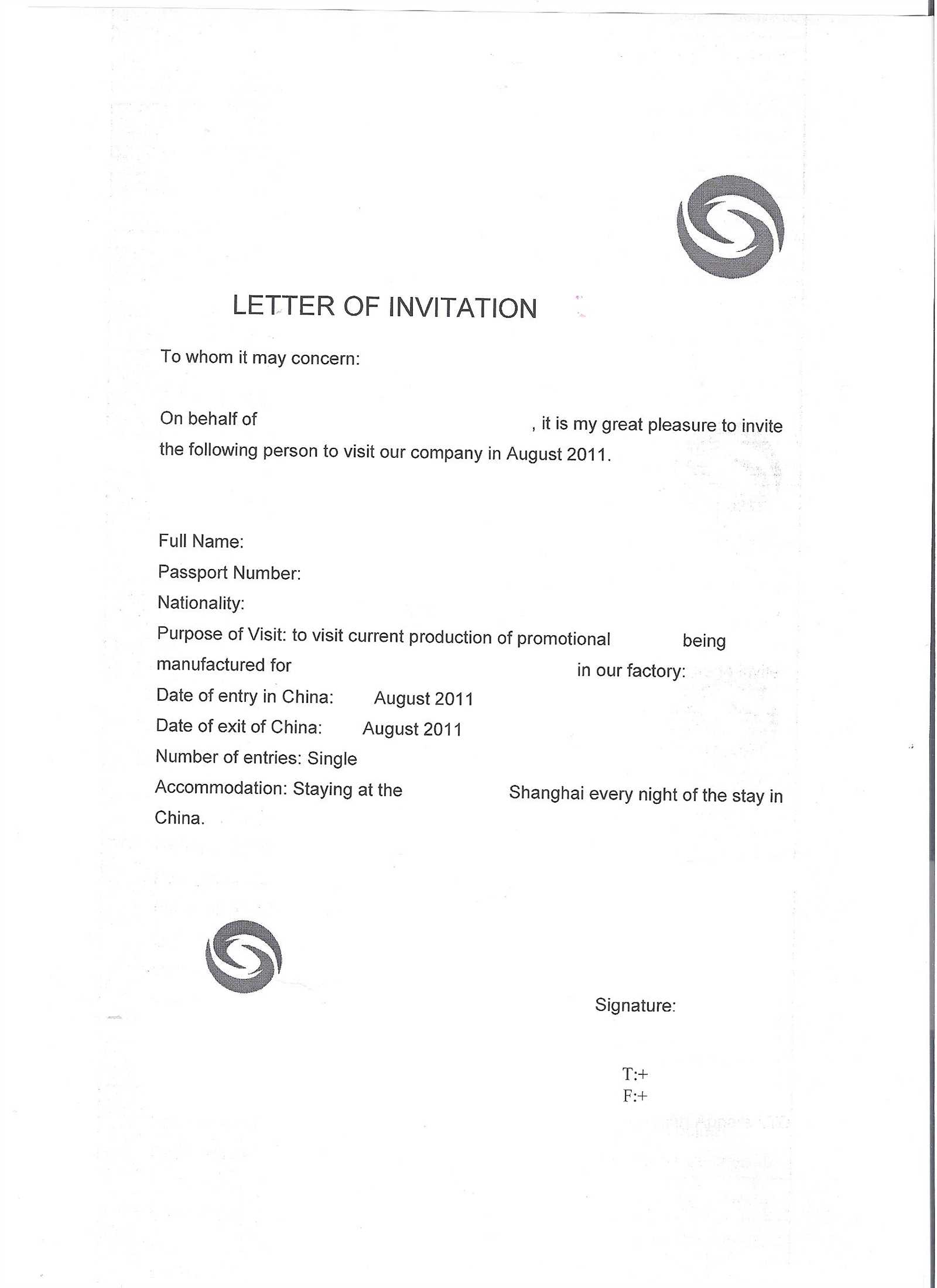
- Start with a formal greeting such as “Dear [Recipient’s Name],”
- State the reason for inviting them, whether it’s for tourism, business, or another event.
- Indicate your role in their visit (sponsor, host, etc.).
Specifics of the Visit
- Provide the dates of the visit and any related events, if applicable.
- Include the location and details of accommodation arrangements, if necessary.
- Mention any financial responsibilities and who will be covering them.
Conclude the letter by expressing anticipation for their visit and providing your contact information for further inquiries. Finish with a polite closing like “Best regards” or “Sincerely.”
For a smooth visa process, ensure your invitation letter contains the following key details:
Personal Information
Provide the applicant’s full name, passport number, date of birth, nationality, and address. This information verifies the identity of the applicant and ties them directly to the invitation letter.
Details of the Inviting Party
Include the inviting party’s full name, address, contact information, and their relationship to the applicant. If the inviter is a company, provide the company name, registration number, and the inviter’s position within the company.
Travel Dates and Purpose
Clearly state the travel dates and the purpose of the visit. Specify if the purpose is for tourism, business, family visit, or other specific reasons. This helps to confirm the visitor’s intentions and timeline.
Financial Support
If applicable, mention who will cover the applicant’s expenses during the stay. This could be the inviter or the applicant themselves. Attach any supporting financial documents if necessary.
Accommodation Details
State where the applicant will stay during their visit. If staying with the inviter, include the address. For hotel stays, provide the name and address of the accommodation.
Ensure the invitation letter contains all the necessary details without being overly complicated. One common mistake is failing to specify the exact dates of the visit. This can lead to confusion or delays in the application process. Always include clear travel dates, along with the purpose of the visit.
1. Incorrect or Incomplete Information
Leaving out essential information like the full name of the invitee, their passport number, or the relationship to the host can result in rejection. Double-check all personal details to ensure accuracy.
2. Vague or Generic Phrases
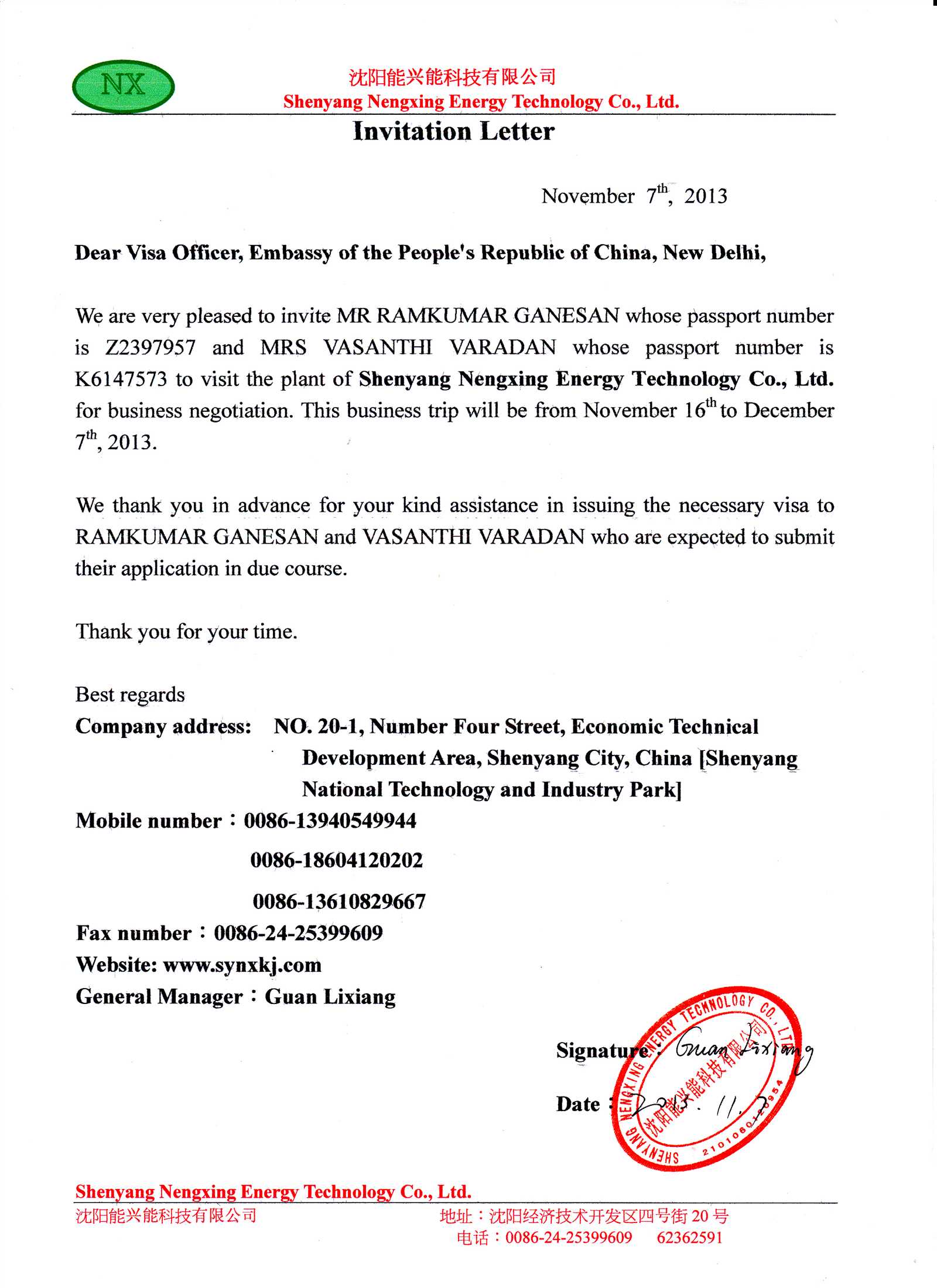
Avoid using generic statements such as “I hope you can join us” or “It would be nice to see you”. These phrases can make your invitation appear insincere or unprofessional. Instead, state the purpose clearly and explain why the visit is important.
3. Not Adhering to Official Formats
Many visa applications require a specific format for invitation letters. Skipping these formalities or not adhering to the guidelines can cause delays. Always check the visa requirements of the embassy and follow them precisely.
4. Using Informal Language
It’s crucial to maintain a formal tone in the invitation. While a friendly tone is acceptable, avoid casual language or slang. This keeps the letter professional and in line with official expectations.
5. Failing to Include Supporting Documents
If the embassy requires additional documents, such as proof of accommodation or financial support, make sure to include these in the invitation package. Missing these documents may result in delays or a rejected visa application.
By following these guidelines, you can ensure your invitation is well-received and supports the visa application process. Avoiding these errors can save time and reduce the chance of complications.
For a business visit, focus on formal language and provide clear details about the purpose of the trip, such as meetings or conferences. Specify the dates of arrival and departure, the company or organization involved, and any planned events or discussions. This sets a professional tone and emphasizes the visitor’s business intentions.
When inviting family or friends, highlight the personal connection. Mention shared events or celebrations, such as holidays or family gatherings. Include the length of stay and accommodation details. This approach makes the invitation feel welcoming and personal, while ensuring all visa requirements are met.
If the visit is for tourism, emphasize sightseeing plans or cultural activities. Mention any tourist sites the visitor will explore, such as historical landmarks or nature reserves. This will show that the visit is focused on leisure and exploration, which can make the invitation more attractive for visa approval.
For academic visits, provide specifics about any research or study-related activities. Clarify if the visitor will attend a university or research institution, participate in a conference, or collaborate on a project. Offering a clear academic focus helps the authorities understand the nature of the visit and its purpose.
When preparing an invitation letter for China, ensure it meets specific legal requirements to be valid. The invitation letter must be signed by the host organization or individual and must include essential details about both the invitee and the inviter. The letter should clearly specify the purpose of the visit and the planned duration of stay. Additionally, the letter must be written on official letterhead if issued by a company or institution.
The following information is typically required in the invitation letter:
| Details | Required Information |
|---|---|
| Invitee’s Full Name | As per passport |
| Passport Number | Exact details for identification |
| Purpose of Visit | Tourism, business, or study |
| Duration of Stay | Exact dates of arrival and departure |
| Host’s Details | Full name, address, and contact number |
| Relationship with Invitee | Explanation of connection (if applicable) |
Make sure the letter includes the correct legal statement if a Chinese institution or individual is inviting the applicant. In some cases, the inviting party may need to submit additional documents, such as business licenses or proof of residency. Double-check the format and details before submitting the invitation to avoid delays in the visa application process.
If your invitation is rejected, the first step is to check the reason provided. It could be related to documentation issues or a misunderstanding regarding the purpose of the visit. Clarify the reason and address any concerns the authorities may have raised.
Review and Correct the Documents
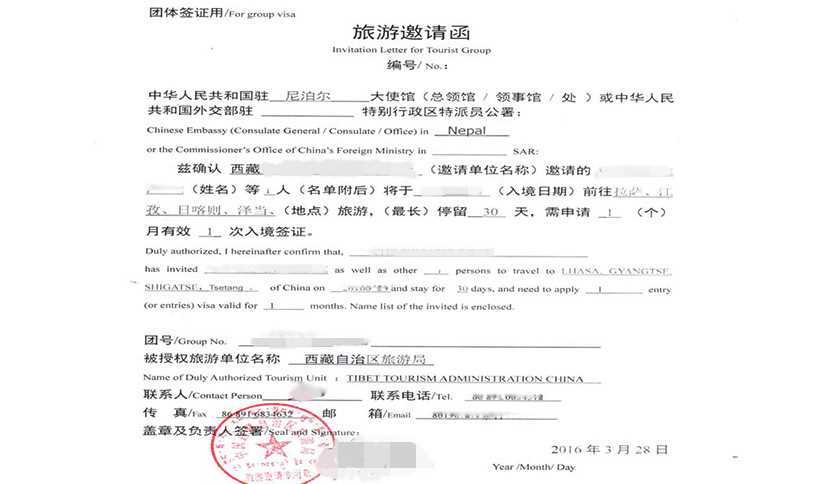
Double-check all required documents and ensure they meet the necessary criteria. Sometimes, incomplete or incorrect paperwork can lead to rejection. If a mistake is found, correct it and submit the updated documents promptly.
Submit a New Application with Additional Information
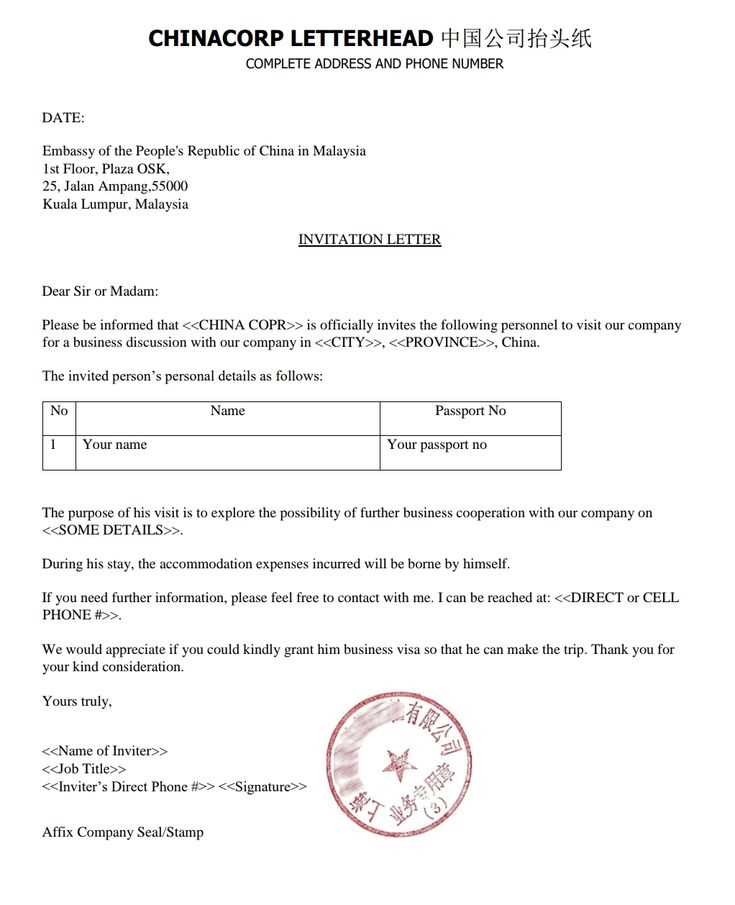
If your initial invitation was rejected due to insufficient details, consider providing more supporting evidence in your next application. This could include a more detailed explanation of your relationship with the invitee, travel plans, or financial assurances.
Don’t hesitate to seek help from a professional immigration consultant if you are unsure about how to proceed. A fresh approach with clarified documentation can increase your chances of success on your next attempt.
Clarity Maintained, Word Repetition Reduced.
Focus on delivering the main purpose of the invitation letter with simplicity and clarity. Avoid unnecessary complexity while still conveying all required details. Keep the tone formal but friendly, ensuring that the recipient understands the key message without being overwhelmed by excessive words. Be concise yet thorough in providing the necessary information to demonstrate the legitimacy of the invitation.
Be Specific with Dates and Details
Clearly state the purpose of the invitation and the expected dates of visit. Include the full name, passport number, and contact information of the invitee, ensuring there is no ambiguity. Repeating terms unnecessarily can confuse the recipient, so choose wording carefully to avoid redundancy.
Use Simple Language for Clarity
Do not overcomplicate the language. Opt for simple, direct statements. This will help maintain focus on the essential points, such as the invitation’s purpose and any required supporting documents or actions. Reducing repetition not only enhances the readability but also prevents confusion.